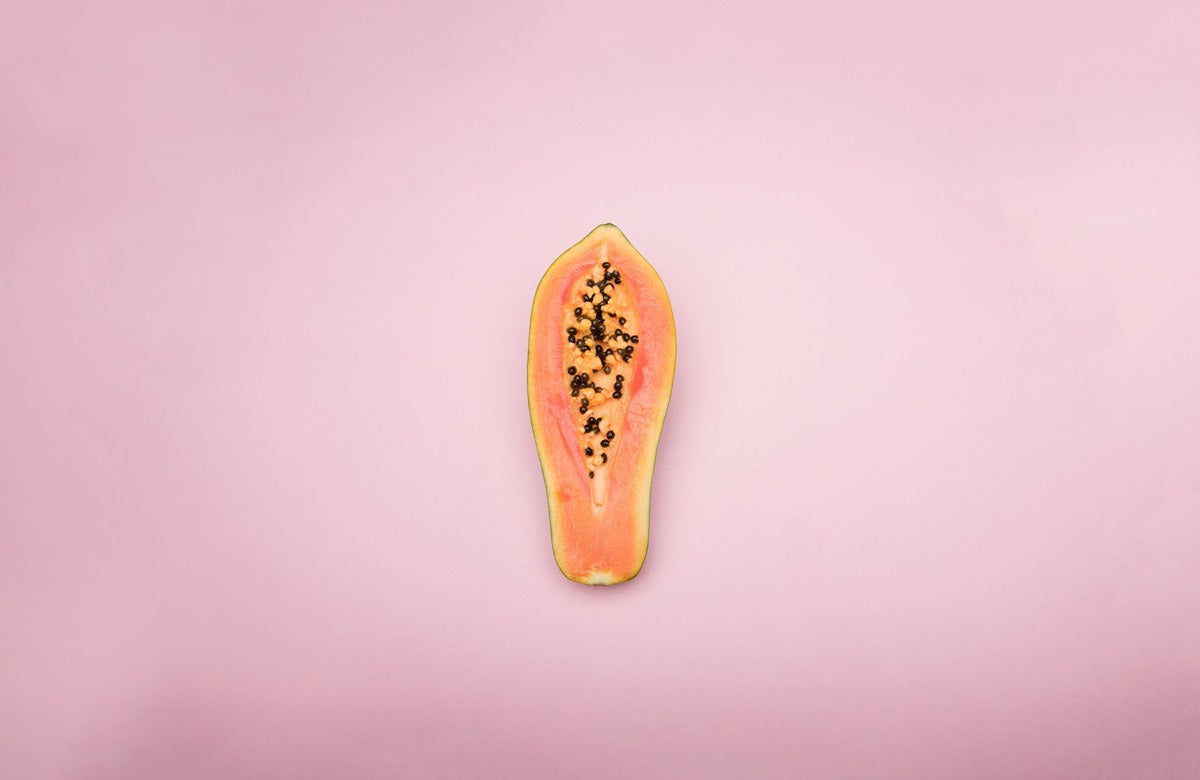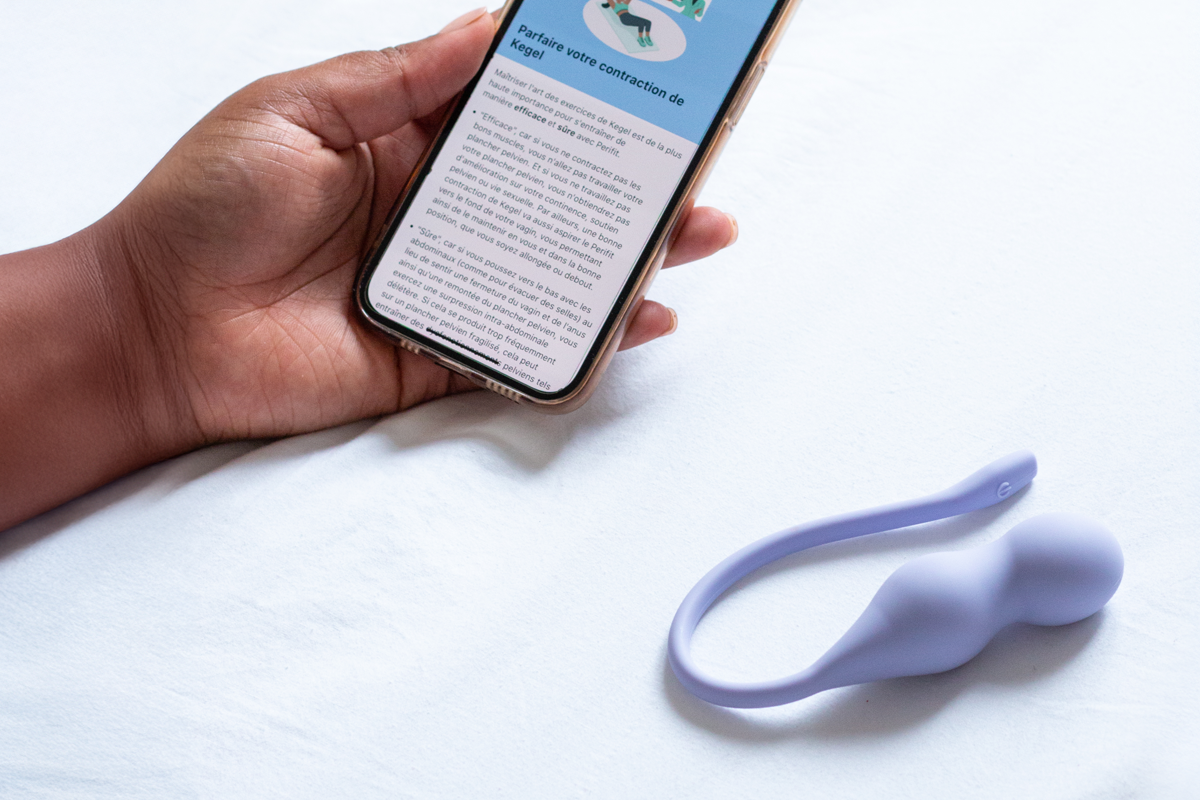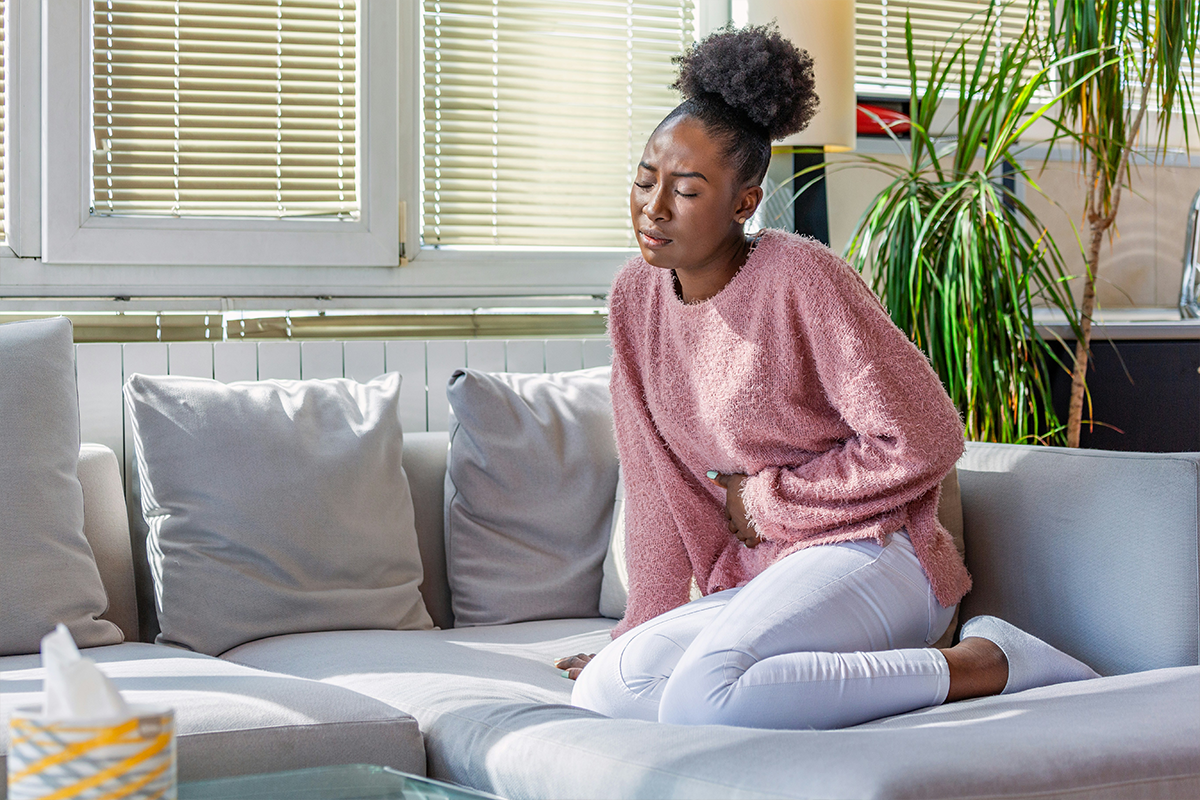Let us begin a discussion about a topic that is commonly misunderstood yet crucially significant: the difference between vulva and vagina. Yep, they're not the same thing! Whether you're here to boost your general knowledge, learn more about sexual health, or just clear up some confusion, you're in the right place. We'll break it down in simple terms, covering everything from basic anatomy to fun facts (did you know about vaginal queefs?). No shame, no judgment – just straightforward info to help everyone better understand these amazing body parts. Ready to become a vulva and vagina expert? Let's dive in!
What is the vulva?
The vulva is the collective term for the external female genitalia. It's a crucial part of the reproductive system that often gets confused with the vagina. Let's clear up that misconception and explore what makes up this important area.
Your vulva includes several key structures:
- Labia majora: These are the outer "large lips" that protect other external reproductive organs.
- Labia minora: The inner "small lips" surrounding the vaginal and urethral openings.
- Clitoris: A highly sensitive organ crucial for sexual pleasure.
- Vaginal opening: The entrance to the vagina.
- Urethral opening: Where urine exits the body.
The vulva plays vital roles in sexual pleasure, reproduction, and urination. Understanding your vulva's anatomy can help you better recognize any changes or potential health issues.
Additionally, experiencing orgasms, which are often stimulated through the vulva's clitoris, can lead to numerous health benefits of orgasms, including stress reduction, improved mood, and potential pain relief.
What is the vagina?
The vagina is a muscular tube that connects the external genitalia to the uterus. It's an essential part of the reproductive system, but it's often misunderstood. Let's clear up some common misconceptions and explore its functions.
The vagina is not the entire external genital area - that's actually the vulva. The vagina itself is an internal structure, typically measuring between 2.7 to 4.7 inches in depth (1), though this can vary during sexual arousal. It plays crucial roles in menstruation, sexual intercourse, and childbirth.
💡 Ever heard of vaginal queefs? Don't worry, it's completely normal! Queefing occurs when air trapped in the vagina is released, often during physical activities or sex. It's not the same as flatulence and is nothing to be embarrassed about.
Key differences between the vulva and the vagina
Location and visibility
The vulva and vagina are distinct parts of the female reproductive anatomy. The vulva refers to the external female genitalia, including the labia, clitoris, and openings for the urethra and vagina. It's the visible part you can see from the outside. The vagina, on the other hand, is the internal muscular canal that connects the vulva to the cervix and uterus.
Function and sensitivity
While both play important roles in sexual pleasure and reproduction, they have distinct functions. The vulva contains highly sensitive structures like the clitoris and labia, which are essential for sexual stimulation. The vagina is primarily involved in reproduction, menstruation, and childbirth. It's also the passageway for vaginal queefs, those occasional air releases during sex or exercise.
Care and health concerns
Each area requires specific care. For vulvar health, use a gentle, soap-free cleanser along hair bearing areas (Labia Majora), and avoid using soap inside the labial folds. Warm water is best, as this area is very sensitive. The vagina is self-cleaning, so douching isn't necessary. Both can be affected by infections, but symptoms may differ.
Why understanding the difference matters?
Understanding the distinction between the vulva and vagina is crucial for your overall health and well-being. Many people use these terms interchangeably, but knowing the difference can significantly impact how you care for your body.
Accurate communication with healthcare providers
When discussing concerns with your doctor, using the correct terminology helps ensure you receive appropriate care. For instance, describing vulvar irritation as vaginal discomfort might lead to misdiagnosis.
Proper hygiene and self-care
The vulva and vagina require different care routines. Understanding this distinction helps prevent issues like infections or irritation.
Enhanced body awareness
Knowing your anatomy empowers you to recognize changes or potential problems early. This awareness is vital for detecting conditions like vulvodynia or vaginal atrophy, which require different treatments.
💡 By grasping the vulva vs vagina differences, you're better equipped to maintain your reproductive health and communicate effectively about your body.
What is the proper way to care for the vulva and vagina?
Vulvar health
To keep your vulva healthy:
- Wash gently with mild soap and water along hair bearing areas. Warm water is best inside labial folds.
- Wear breathable, cotton underwear
- Avoid irritants like harsh soaps or douches
- Practice safe sex to prevent infections
💡 Vulvas come in all shapes, sizes, and colors. Embracing this diversity is key to vulvar health and overall well-being.
Vaginal health
The vagina is self-cleaning and maintains a delicate pH balance, similar to wine at around 4.5. To keep it healthy, avoid using scented products and opt for gentle cleaning with water. Kegel exercises can help strengthen the pelvic floor muscles (2), potentially improving sexual satisfaction and overall vaginal health.
💡Everyone's body is unique. If you have concerns about your vaginal health, it's always best to consult with a healthcare provider.
Choose breathable fabrics
Opt for cotton underwear and loose-fitting clothing to allow air circulation. Change out of sweaty clothes quickly after workouts to prevent irritation. Avoid sleeping in underwear to give your vulva a chance to breathe overnight.
What health issues can affect the vulva and the vagina?
The vulva and vagina can be affected by various health conditions, ranging from minor irritations to more serious infections. Understanding these issues is crucial for maintaining your overall well-being.
Common infections
Bacterial vaginosis, yeast infections, and sexually transmitted infections (STIs) like chlamydia and gonorrhea can affect both the vulva and vagina. These conditions often cause symptoms such as itching, burning, and abnormal discharge. It's important to seek medical attention if you experience any unusual symptoms.
Inflammatory conditions
Vulvitis and vaginitis are inflammatory conditions that can cause discomfort and pain. Vulvitis specifically affects the vulva, while vaginitis impacts the vagina. These conditions can result from infections, allergies, or irritants like harsh soaps or fabrics.
Lichen Sclerosus and Lichen Planus are chronic inflammatory conditions that can significantly affect the vulva. Lichen Sclerosus often causes thinning of the vulvar skin, leading to itching and discomfort with vulvar atrophy, fusing, and scarring. Lichen Planus can result in inflammation and erosive lesions. Both can cause pain with intercourse and each condition requires medical attention and ongoing management to prevent disease progression and maintain vulvar health.
Chronic Pain Disorders
Vulvodynia, a chronic pain condition affecting the vulva, can significantly impact quality of life. This condition causes persistent discomfort without an apparent cause. Similarly, vaginismus, which involves involuntary tightening of pelvic floor muscles, can make intercourse painful or impossible.
💡 Most vulvar and vaginal issues are treatable. Regular check-ups and open communication with your healthcare provider are key to maintaining your reproductive health.
So there you have it - the lowdown on vulvas and vaginas! Understanding these body parts is crucial for everyone, regardless of age or background. Your anatomy is uniquely yours, and there's no "normal" when it comes to appearance or function. Don't stress about things like vaginal queefs - they're totally natural! By learning about your body, you're taking charge of your sexual health and busting myths along the way. Keep exploring, asking questions, and celebrating the amazing diversity of human bodies. Knowledge is power, so rock on with your newfound vulva and vagina wisdom!
Sources:





